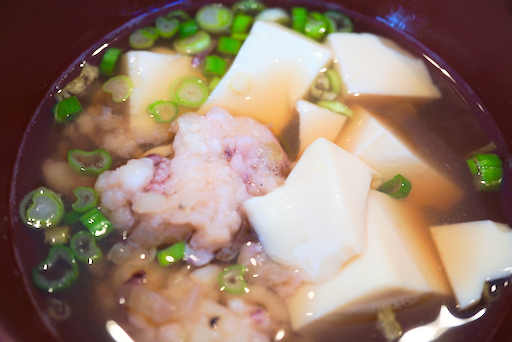Ingredients (makes 2 dozen muffins)
3 3/4 cup AP flour
3 cups sugar
2 Tsp baking soda
1 Tsp baking powder
1 cup unsweetened cocoa powder
2 1/2 cup of ripe banana, mashed (she only had 1 1/2 cups but went ahead without further adjustment)
5 eggs
1 1/4 vegetable oil
1 Tbs. vanilla
1/2 Recipe (makes 1 dozen muffins)
1 3/4 +1/8 cup AP flour
1 1/2 cup sugar
1 tsp baking soda
1/2 tsp baking powder
1/2 cup unsweetened cocoa powder
1 1/4 cup of ripe banana, mashed
3 eggs
1/2 + 1/8 vegetable oil
1/2 + 1/8 vegetable oil
1/2 Tbs. vanilla
Directions:
Preheat oven to 350 degrees. In a bowel mix the flour, sugar, baking soda, baking powder, and cocoa powder (# 1). In another bowel mix the bananas, eggs and vegetable oil (#2). Combine the flour mixture with the banana mixture (#3). Using a large ice cream scoop fill a heavily greased muffin tin (#4). Bake for 20 to 25 minutes or until the muffins are firm to the touch and a skewer comes out clean (#5). Let them cool for a while and remove from pan (#6).
These muffins don't rise so much as spread out. Thank goodness we put a cookie sheet under the muffin tin. Otherwise, muffin mixture would have been all over the bottom of the oven making quite a mess. As seen in #5, the muffins bled together making the tops heavy relative to the bottom so we had to cool them upside down as shown in #6 so the bottoms wouldn't collapse under the weight of the tops. Once they cooled completely, however, the bottoms could "stand up" to the oversized tops. Also, if we make these again we would try using two muffin tins.
These muffins were a mixture between a brownie and chocolate cake. They also reminded us of wacky cake but that may be because the main chocolate flavor came from the Hershey's powder used in both. They had a very chocolate flavor but we didn't taste the banana at all. The top was nice a crunchy. With the ridiculous amount of eggs that went into the batter the inside texture was very tender and the contrast between the crunchy crust and tender interior was very nice.



















































